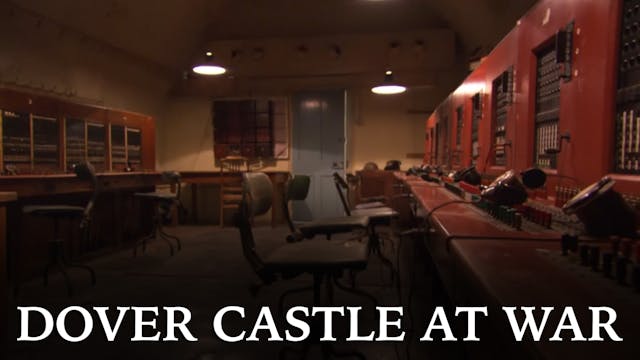2022 isn't just 100 years since the discovery of Tutankhamun's tomb. It's also exactly 200 years since one of history's greatest linguistic puzzles was cracked: when Jean-Francois Champollion made the ultimate breakthrough and deciphered the ancient Egyptian hieroglyphic code. To mark this very special anniversary, the British Museum has opened a new exhibition that guides visitors through the story of how hieroglyphs were deciphered. In this special access film, Tristan Hughes is given fascinating insight into the key exhibits by the exhibition’s expert curator, Dr Ilona Regulski.
At the heart of the exhibition sits the Rosetta Stone, one of the most famous artefacts in the World. Ilona explains what the Stone actually is and why its discovery was so important in kickstarting the great race to decipher hieroglyphs in the early 19th century.
But the Rosetta Stone is just part of a much larger story; there were many other objects that academics in France and Britain used as they raced to decipher the ancient Egyptian script. Ilona shows Tristan some of these artefacts, including a long papyrus that Champollion worked tirelessly over with little success. And an emotional letter, written over 200 years ago by Champollion, that brings you closer to the genius himself and the many challenges he faced.
The objects in the exhibition reveal the highs and lows that academics like Champollion and his rival Thomas Young experienced, as they strived to crack the code over 20 long and arduous years. But Trisstan also discovers that interest in hieroglyphs stretched back much earlier than the Rosetta Stone's discovery and the arrival of western European academics. Also on display are some remarkable medieval Arab manuscripts, written in Egypt hundreds of years before the 19th century. And Ilona highlights the important role that these objects also played in the great decipherment story.
200 years since Champollion cracked the hieroglyphic code, the British Museum's new exhibition is shining more light on the people and objects behind this seismic breakthrough, and revealing how the decoding of these small symbols opened up the wondrous world of ancient Egypt to us all.
Up Next in Digging up History
-
The World of Stonehenge Revealed: Dec...
Described as the "most important piece of prehistoric art to be found in Britain in the last 100 years", an elaborately decorated 5000 year-old chalk cylinder, discovered buried with 3 child skeletons in Yorkshire and as old as the first phase of Stonehenge, is going on display at the British Mus...
-
South Asia Through The Ages: The Sir ...
British Museum curator Richard Blurton provides History Hit viewers a tour of some of the remarkable artefacts that make up the South Asian exhibition, on display at the Sir Joseph Hotung Gallery.
-
Dover Castle at War
Peter Snow explores the part Dover Castle played in Operation Dynamo in 1940, the evacuation of British troops from Dunkirk.




5 Comments